Colorful ads exhorting us to prevent forest fires, to wear seat belts, to not let a friend drink and drive, and to Take A Bite Out Of Crime have become part of the landscape. Do they actually influence the way people think and act? Are they worth the money invested by both government and business?
 In the case of the National Citizens Crime Prevention Campaign, the answer is “Yes.” An independent evaluation funded by the U.S. Department of Justice provides much insight into the powerful impact of the McGruff “Take A Bite Out Of Crime” campaign – who it touches most and least, whether people act, and directions for the future.
In the case of the National Citizens Crime Prevention Campaign, the answer is “Yes.” An independent evaluation funded by the U.S. Department of Justice provides much insight into the powerful impact of the McGruff “Take A Bite Out Of Crime” campaign – who it touches most and least, whether people act, and directions for the future.
Launched in 1979, the McGruff public service ads (PSAs) have evolved through several phases and themes, addressing personal safety and protection of children and youth and moving to drug prevention in the mid-1980s. A series of gritty anti-violence ads began in 1991. The evaluation focuses on these recent ads, which highlighted the pernicious effects of violence on children and their families and used McGruff in a signature role.
Going beyond the issues of “who watches” and “do they act,” researchers analyzed the cost-effectiveness of the PSAs. The remarkable results showed that it cost only 2.2 cents to educate a person crime and about violence prevention and 29 cents to motivate individuals to act.
Adults Pay Attention to Violence Prevention PSAs
Interviews in 1991 with a national sample of 1,500 adults revealed that:
- Four out of five recalled the McGruff PSAs.
- Half recalled the 1991 anti-violence ads in particular.
- Most were familiar with the ads through television, followed by print and radio.
- People paid close attention to PSAs -86% reported “high attention” to the anti violence ads.
- Nine out of ten who knew the PSAs could name something specific they liked; only one in ten named anything they disliked.
The messages were not only recognized, but effective. Nearly one-third of those familiar with the PSAs said they had learned from them, and about 20% said they took specific actions as a result of the PSAs. More than half said they became more concerned about crime, and 36% reported feeling more confident in protecting themselves. Equally important, almost half felt more personally responsible for prevention after seeing the PSAs.
Similar Findings
Comparisons of these findings with a similar survey a decade earlier reveal that generally the public was taking more preventive actions in 1991 than in 1981. The recent ads’ greatest impact was found among women; less educated, lower income individuals; blacks; and parents with children in the home.
 To assess the McGruff Campaign’s reach, the evaluation also surveyed media managers – the gatekeepers who choose which PSAs to air or print – and crime prevention practitioners. Findings:
To assess the McGruff Campaign’s reach, the evaluation also surveyed media managers – the gatekeepers who choose which PSAs to air or print – and crime prevention practitioners. Findings:
- Almost all media managers (95%) knew the McGruff PSAs, and over half had run at least one within the past year.
- They rated the ads high on quality and relevance and thought they were both influential and effective in their communities.
- In a similar vein, 98% of prevention practitioners knew about NCPC, 75% had used NCPC’s materials, and 88% were aware of the McGruff PSAs.
- Three out of four who knew the PSAs called them valuable in educating their communities about crime prevention and helping local efforts.
Maximum Coverage, Minimum Cost
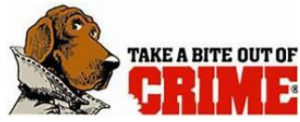 The PSA campaign has actually gained in popularity and impact over its 12-year life, reaching diverse audiences including those specifically targeted by the ads’ creators. Excellent coverage has been obtained at minimum cost. For example, the documented $600,000 investment generated an estimated $60.3 million (a 100 to 1 return) in donated media time and space nationwide.
The PSA campaign has actually gained in popularity and impact over its 12-year life, reaching diverse audiences including those specifically targeted by the ads’ creators. Excellent coverage has been obtained at minimum cost. For example, the documented $600,000 investment generated an estimated $60.3 million (a 100 to 1 return) in donated media time and space nationwide.
Finally, evaluators concluded that the PSAs and NCPC’s extensive promotional efforts probably reinforce one another to maximize impact. This supports NCPC’s strong belief that the “Take A Bite Out Of Crime’ ads provide the foundation for an array of crime and violence prevention tactics, including educational materials, training, technical assistance, and hands-on demonstration programs with youth, community groups, and municipal authorities.


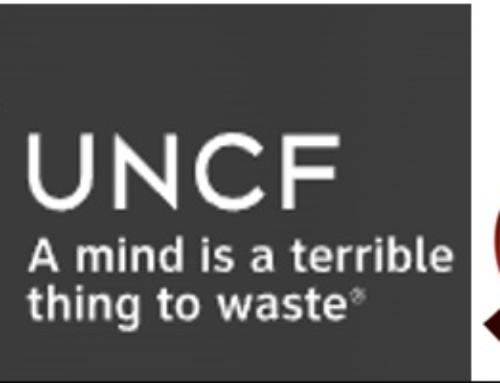
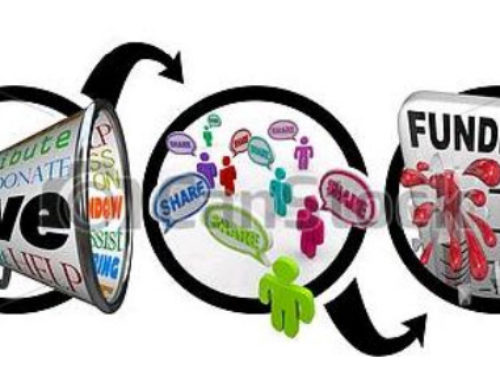
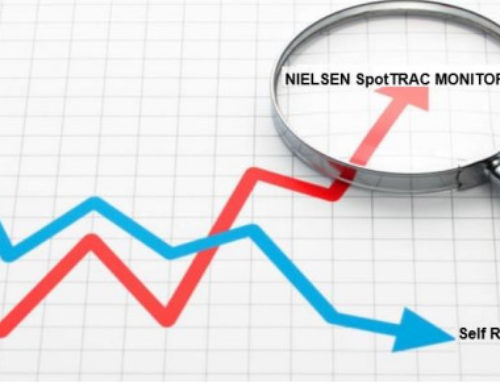
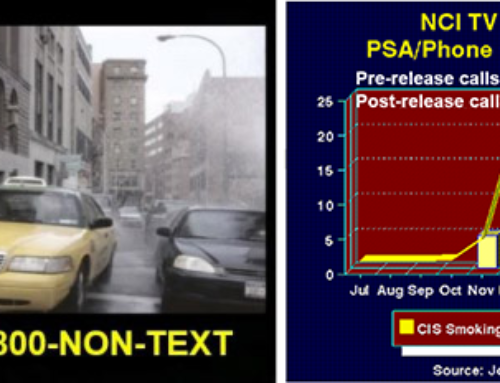

Leave A Comment